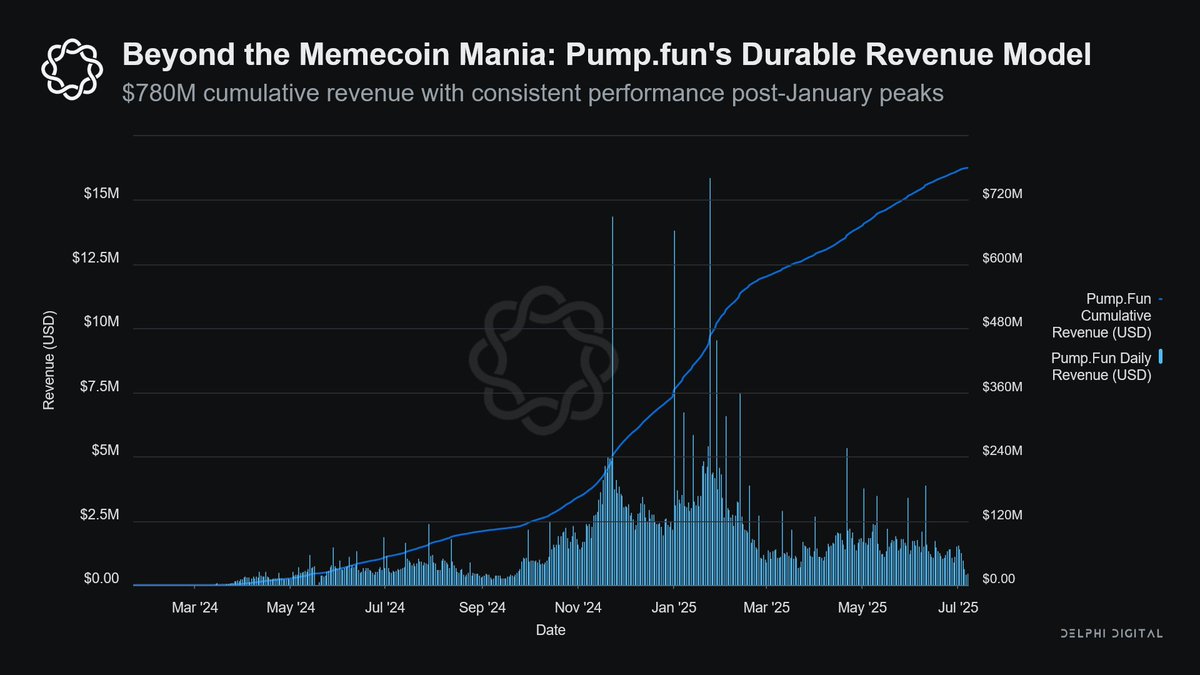0/ King Dollar sends warning signs
In today’s Delphi Daily, we examined the recent strength of the US dollar, the power of free governance tokens, and an update on L2 usage.
For a deeper dive 👇🧵
In today’s Delphi Daily, we examined the recent strength of the US dollar, the power of free governance tokens, and an update on L2 usage.
For a deeper dive 👇🧵

1/ ENS registrations this month did laps over average monthly registrations since 2019.
Whether this is a side effect of the ENS token launch or not is unclear, but the project sure does seem a lot more popular after giving users a fair bit of free tokens.
Whether this is a side effect of the ENS token launch or not is unclear, but the project sure does seem a lot more popular after giving users a fair bit of free tokens.

2/ @arbitrum has seen a steep slowdown ever since the initial mania on the network.
The rollup’s consumption of Ethereum gas to settle transactions has gone down since mid-September.
Apps are likely waiting for Arbitrum Nitro before bombarding the network with incentives.
The rollup’s consumption of Ethereum gas to settle transactions has gone down since mid-September.
Apps are likely waiting for Arbitrum Nitro before bombarding the network with incentives.

3/ Not all rollups are experiencing a downtrend in traction; we’re seeing @zksync’s usage, for example, pick up in recent weeks.
Between @CurveFinance’s deployment on the rollup and @OKEx announcing withdrawal/deposit support on ZK Sync, the future of the network looks bright.
Between @CurveFinance’s deployment on the rollup and @OKEx announcing withdrawal/deposit support on ZK Sync, the future of the network looks bright.

4/ In the six months since @Uniswap v3 hit Ethereum mainnet, and if concentrated liquidity didn’t excite you as a trader, then lower fee tiers surely have.
Close to 65% of Uniswap’s weekly volume was on the back of 0.05% fee pools, followed by the regular old 0.30% fee pool.
Close to 65% of Uniswap’s weekly volume was on the back of 0.05% fee pools, followed by the regular old 0.30% fee pool.

5/ The U.S. dollar has strengthened considerably in recent weeks.
With growing expectations for tighter monetary policy and an acceleration in U.S. economic data, the dollar appears to be well-positioned against other major currencies.
With growing expectations for tighter monetary policy and an acceleration in U.S. economic data, the dollar appears to be well-positioned against other major currencies.

6/ Tweets of the day
Getting a job a crypto
Getting a job a crypto
https://twitter.com/JasonYanowitz/status/1461057956561108994
7/ The Generalist’s Mario Gabriele on Terra’s potential
https://twitter.com/mariogabriele/status/1462516167147405312
8/ Delphi Labs proposes moving ANC-UST liquidity from Terraswap to Astroport
https://twitter.com/lukedelphi/status/1462758333258121218
10/ Crypto moves fast. Delphi has you covered. Sign up here to get Delphi's free daily newsletter delivered right to your inbox every weekday
delphidigital.io/daily/
delphidigital.io/daily/
• • •
Missing some Tweet in this thread? You can try to
force a refresh


























